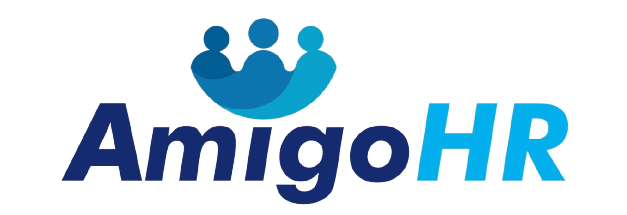Introduction
HRMS is essentially a human resource software which meticulously combines all the different HR processes and systems to ensure easy management and smooth functioning of different business processes. The application of HRMS is aimed at enhancing the performance of employees to help accomplish the business goals of the company.
Today, the scope of HR has widened further. With growing employee strength and a competitive market for business, HR must focus on other additional activities to ensure the wellbeing of employees when at work. This has necessitated companies to put in place a robust, integrated, and automated system that brings all the activities of human resources under one roof and provide unified services to one a and all. In other words, an HRMS.
With the advent of technology and innovation in business, the importance of HRMS has increased exponentially in recent years.
What is HRMS?
HRMS or Human Resource Management System is essentially a human resource software which meticulously combines all the different HR processes and systems to ensure easy management and smooth functioning of data, human resources and different business processes.
The application of HRMS is aimed at enhancing the performance of employees to help accomplish the business goals of the company.


Significance of HRMS software.
The human resource management system of a company has a significant impact on individual and organizational effectiveness. A good HRMS brings consistency in human resource management practices and improves human relations in the company. An effective HRMS is focused on a strategic objective and works by improving employee knowledge, skills, motivation, and contribution opportunities. Based on their overarching goals, the significance of HRM contributes to organizational effectiveness in multiple ways.
Employee empowerment
The focus of an HRMS can be increasing the involvement of employees and empowering them. Under such a system, employees are given more decision-making power, and teamwork is encouraged. For example, a small-business owner may want to shift from focusing on the day-to-day functions of the business to expanding the business. This requires trusting employees, training them, and giving them more decision-making authority.
Employee Commitment
AnHRMSfocusedonincreasingemployeecommitmentwillrecruitselectively,provideemployeeswithintensivetraining,andofferahighlevelofcompensation.Forexample,asmallmedicalclinicservinglocalseniorcitizensmayfocusonrecruitingandretainingcaringstafftoprovidequalityservice.
Recruiting will require conducting multiple interviews to make sure the personality of the applicant matches the requirements of the position. Once the right person is selected, intensive job training and goods compensation will be provided to increase employee satisfaction, job performance and organizational commitment.
Occupational Safety
Occupational injuries and fatalities can have devastating consequences for employee morale. Such incidents can also potentially jeopardize the business. In a small manufacturing company, managers may focus the HRMS on improving occupational safety. This requires hiring reliable, trained and detail- oriented people and providing intense safety training.
Basics Of HRMS
A human resource management system is a set of software tools to manage many of the HR functions that you will deal with. As you will see, there is a wide range of features. Central aspects of HRMS software may include:
![]()
![]()
![]() Employee Development and Training Employee Benefit Management Centralized HR information
Employee Development and Training Employee Benefit Management Centralized HR information
![]()
![]() Applicant Tracking (ATS) and Recruiting Onboarding
Applicant Tracking (ATS) and Recruiting Onboarding
![]()
![]()
![]() Performance Management Payroll and leave management Regulation and Policy compliance
Performance Management Payroll and leave management Regulation and Policy compliance


Making the right HR software choice
After learning the utility and benefits that human resource management systems provide, you might already be ready to start searching for a new HRMS. But, it is essential to take time to research the right software to respond to your business needs.
By choosing an appropriate HRMS, you’ll maximize the impact that the management system has on making your business run as efficiently as possible.
Cloud-based HRMS or On-Premise HRMS
HRMS can be set up in different ways. On-premise human resource management systems versus cloud-based HRMS can each have their pros and cons.
Cloud-based options have higher accessibility, less maintenance, increased security, and more scalability. On the other hand, recurring payments may be higher than an upfront cost, and they may be less customizable than your team would like.
On-premise options can be more beneficial for keeping sensitive data in-house, having higher control over your software, and ensuring constant connection to your information. Despite this, they require more maintenance for your team, as well as higher upfront costs. In the end, each has its own advantages and disadvantages, but choosing the right one for your company is key.

Conclusion
In conclusion, due many challenges that are facing human resource departments, there is need for organizations to adopt correct and workable policies that will not only ensure they alleviate these challenges, but also develop mechanisms of dealing with such challenges in case they occur in the future.

